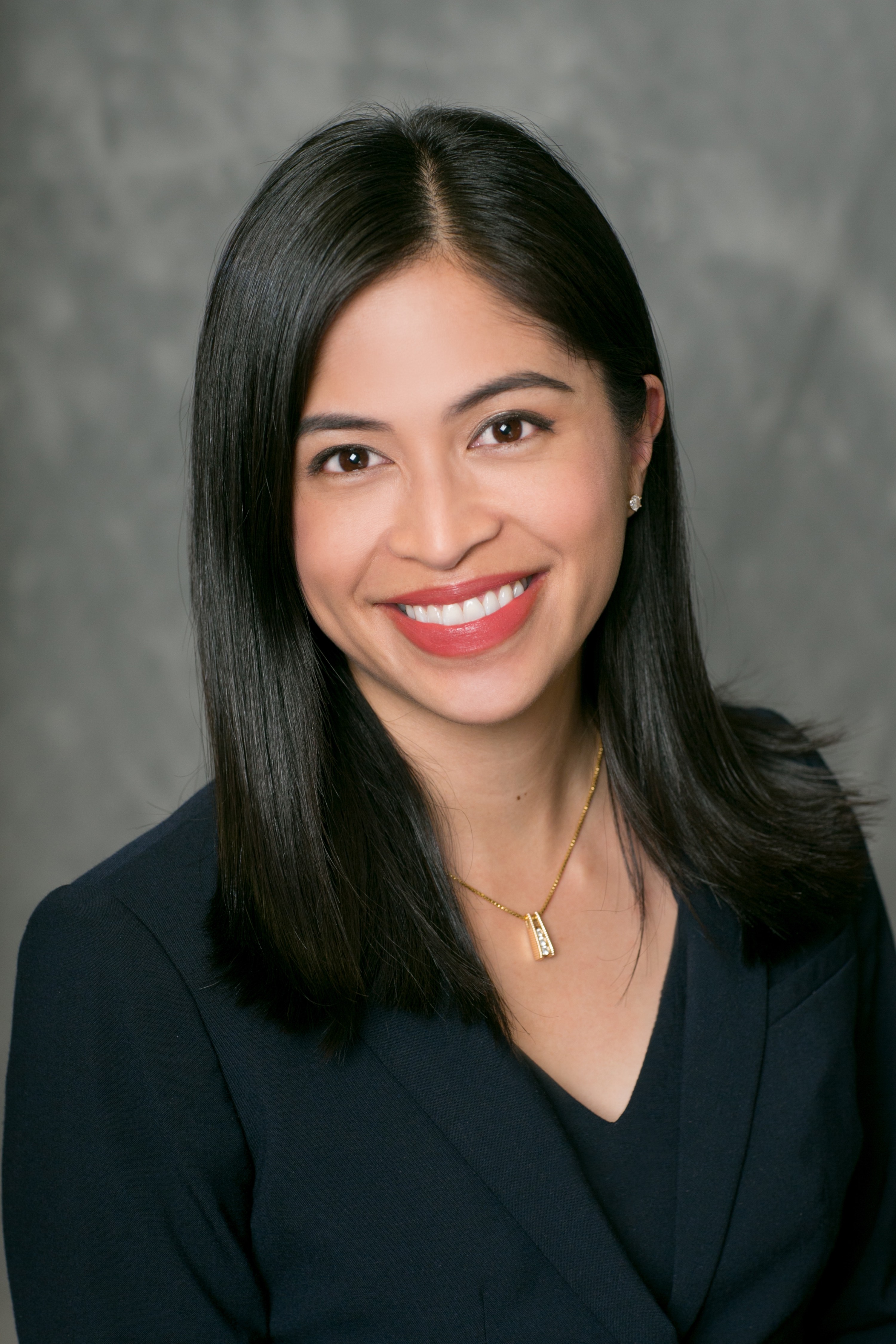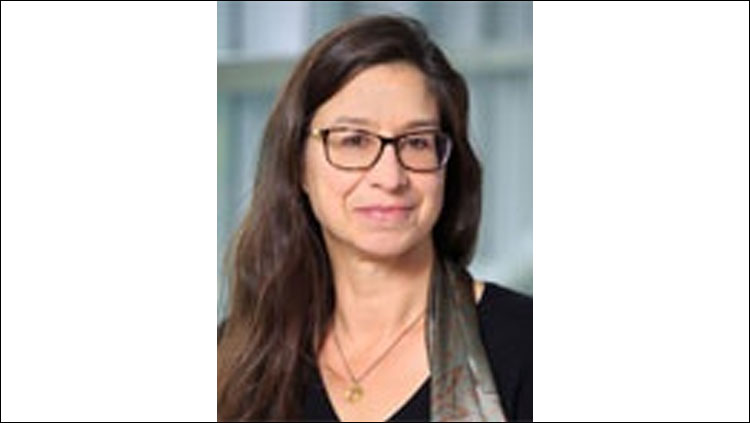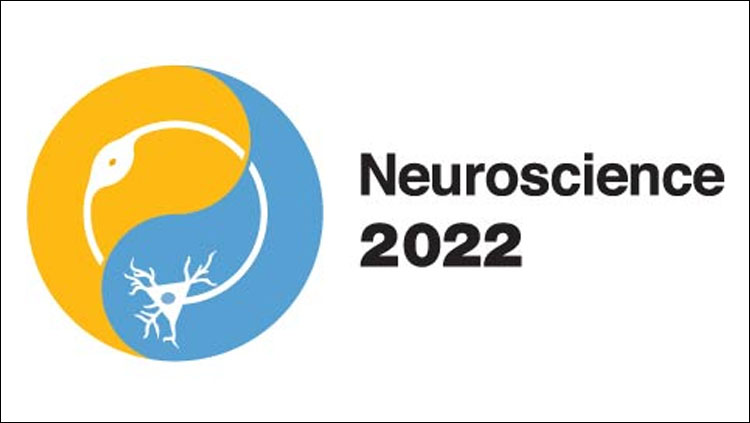Q&A: Caroline Montojo, Dana Foundation
Caroline Montojo, PhD, is the president and CEO of the Dana Foundation, a private philanthropic organization in New York City dedicated to advancing neuroscience within society by supporting the convergence of neuroscience with fields such as ethics, law, policy, humanities, and arts. Montojo was previously the director of life sciences and the director of brain initiatives at The Kavli Foundation where she worked closely with the Kavli Institutes to advance science. She is a neuroscientist by training and has been deeply involved in catalytic efforts to advance neuroscience, including the U.S. BRAIN Initiative and the International Brain Initiative.
Neuroscience Quarterly (NQ): In the press release announcing your selection as the new Dana Foundation president, Dana is described as “… at an exciting inflection point as it builds upon its strong legacy of research and public outreach.” What areas does Dana see its focus shifting toward?

Caroline Montojo
Caroline Montojo (CM): The Dana Foundation’s new focus is “neuroscience within society”, or how neuroscience both informs and reflects society. Neuroscience informing society means that science discovery and technology can create new knowledge, generate solutions to societal issues, improve education, and increase the quality of life. Neuroscience reflecting society means that there is public deliberation on responsible research and innovation of new technologies. This deliberation includes an assessment of the risks associated with premature adoption and misuse of neurotechnology. I believe that it’s important for scientists and the broader public to deeply consider the role that neuroscience plays in our lives, and our future, because our brains are the core of what makes us who we are. Neuroscience within society includes fields where neuroscience interfaces with the world beyond biology and medicine, such as ethics, law, humanities, arts, and public engagement.
The Dana Foundation’s new focus is “neuroscience within society”, or how neuroscience both informs and reflects society.We are currently going through a rebranding process as part of the Foundation’s transition. While language has not been finalized, I’m excited to share that we are working toward the following ideas: Dana’s future-looking vision is brain science for a better future. This comes with the recognition that all science can produce both salutary and negative effects on human well-being and flourishing. We aim to advance new neuroscience discoveries and technologies in consideration of societal goals and human values. Our mission is to strengthen neuroscience’s positive role in the world by advancing people and programs at the intersection of fields, and by advancing public engagement on emerging neuroscience and neurotechnology.
This mission honors Dana’s roots in neuroscience research and outreach because these next steps build upon the success of programs like the Dana Alliance for Brain Initiatives, Cerebrum Magazine, and Brain Awareness Week.
NQ: Dana Foundation has long been a leader in advancing understanding of the brain through research grants and public outreach. What do you see as driving the decision to evolve Dana’s priorities?
CM: A major driver in Dana’s evolution is the recognition that neuroscience research and neurotechnology development are advancing quickly. In many cases, these advances are outpacing the public dialogue on potential uses and misuses. Technology once viewed purely as science fiction – wireless brain connections for people to communicate without speaking; brain implants that boost our ability to learn – is being developed and in the not-too-distant future will be ready for public use. The question is, what kind of future do people want, and how do people want to use this new technology? There’s a need to prepare for, and strengthen, the positive role that neuroscience plays in the world.
NQ: For many neuroscientists, Brain Awareness Week (BAW) is the first thing that comes to mind when thinking of Dana Foundation. Given the pandemic and Dana’s shifting focus, what does BAW look like in the long term?
CM: Before joining Dana, BAW was the first thing that came to my mind too. I participated in it as a neuroscience graduate student at Johns Hopkins University, teaching Baltimore high schoolers about the brain! I believe BAW is a signature program of Dana that continues to be impactful for education and outreach to public audiences, particularly K-12. BAW has grown into a global campaign in close partnership with SfN, Federation of European Neuroscience Societies, and International Brain Research Organization, and in collaboration with dedicated outreach partners around the world. There is great value in continuing BAW, not only because of its current impact, but also because it’s a platform from which we can disseminate new pilot programs for what we call multidirectional public engagement. These new BAW programs would focus on dialogue and deliberation on emerging neuroscience and neurotechnologies, with audiences of all ages.
NQ: Dana Foundation has long been a financial supporter of neuroscience research. In what areas – research or otherwise – do you see Dana offering grant opportunities in the future?
CM: We plan to launch new grant opportunities in two areas to achieve our goals.
We anticipate supporting training programs, cross-disciplinary collaborative work, and aim to develop a new cadre of future leaders who deeply consider the ethical, legal, and societal implications of neuroscience and neurotechnology.Through the first, we aim to grow a new generation of interdisciplinary experts who shepherd neuroscience and neurotechnology uses for a better world. We anticipate supporting training programs, cross-disciplinary collaborative work, and aim to develop a new cadre of future leaders who deeply consider the ethical, legal, and societal implications of neuroscience and neurotechnology.
Through the second, we aim to grow capacity for informed reflection on emerging neuroscience and neurotechnology. We seek to do this by increasing understanding and deliberation on these new science advances among professionals who engage with these topics in their work (e.g., policy, judiciary, healthcare, communications, and regulation), so that they can create informed decisions. We also want to support new models for multidirectional public engagement so that people coming from all walks of life can deliberate on the future they want in the context of emerging neuroscience and neurotechnology.
NQ: As you reflect on your first year of your presidency, what are you most excited about accomplishing as you lead Dana Foundation forward?
This first year of my presidency has been wonderful, full of exciting opportunities and challenges, particularly in leading a major vision and strategy shift during the pandemic. I’m most excited about working with Dana’s talented team and the broader community of science stakeholders to create new programs that strengthen neuroscience’s positive role in the world. I believe the neuroscience field is at a critical juncture in its history. We have a window of opportunity to proactively reflect on emerging neuroscience and neurotechnology and shape the future that we, as a global society, want. I also believe we can build a culture in neuroscience that values deep reflection and collaboration on ethical, legal, and societal implications of science and technology. I’m optimistic that Dana, along with partners and collaborators, will shepherd brain science for a better future.



















